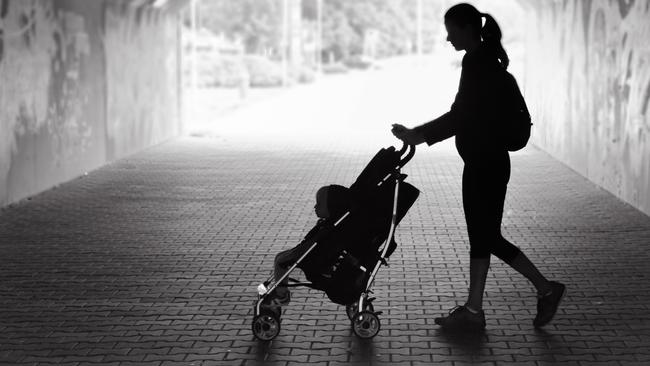Health of the Nation: How to fit exercise in a busy day
Finding time to exercise can be difficult for most Australians. See expert tips that won’t require expensive equipment.
Adults 30-50
Don't miss out on the headlines from Adults 30-50. Followed categories will be added to My News.
The latest research findings on exercise help make it easier to fit it into your day in bite size pieces.
It’s all about short bursts of activity that get your heart rate pumping.
You don’t need expensive equipment and you can use everyday props like bags of groceries, stairs and your own body weight to build your muscles.
‘WHY I WAKE UP AT 4.30AM’
Nathalia Jaramillo is a big believer in working out – even if it means getting up at the crack of dawn to do so.
“I wake up at 4.30am and do my exercise routine,” Ms Jaramillo.
David Ryan, 46, averages four sessions a week at the same bootcamp and says the variety provides a welcome distraction to his busy working life.
“I find going first thing in the morning helps to become a part of my routine,” he said.

Luke Scott, owner of Revolution Performance Training in South Melbourne, said the centre focused on teaching exercises that have a “transferability to real life”.
“They help with living a healthy life, keeping up with your kids and being able to do the things you want to do outside of the gym,” he said,
“A short walk, body weight squats or a free exercise video on YouTube … something is not nothing. Whatever you can do, that’s something.”

With two daughters under the age of four, Marita Tilleras only has time for exercise if it is before 6am but does what she can.
“Balancing the chaos that is everyday life is a lot easier when I prioritise exercise and activity as me-time,” Ms Tilleras said.
She is among the mere 15 per cent of Aussies aged between 18 and 64 meeting the physical activity and strength training guidelines.
TAKE OUR HEALTH CALCULATOR
BEST SHORT ACTIVITIES
* Stair climbing. Instead of using the lift, climb three flights of stairs for about a minute and a half.
* Walk a couple of hundred metres uphill.
* Park the car further away from the shops and carry 5kg of groceries back to the car at a brisk pace.
* Strap on a backpack when doing your walking commute.
* Garden more energetically.
STRENGTH BUILDING EXERCISE
These include:
* Body weight bearing strength exercises, such as push ups, chin ups, and sit-ups.

Build them into your day in small bursts:
* While out walking the dog, do two or three sets of chin ups for about four minutes on monkey bars.
* Do a set of push ups while waiting for your morning coffee to brew.
HOW MANY STEPS PER DAY
* 10,000 steps per day is “the sweet spot”, but no longer mandatory.
* 8000 brisk steps per day is enough.
* People who do so are 14.9 per cent less likely to die compared to people who were sedentary, a recent study showed.

* 4000 steps a day may be enough to reduce the risk of death, a separate study found.
* Increasing your step count by 1000 is linked with a 15 per cent reduction in the risk of dying from any cause.
* An increase of 500 steps a day is linked with a 7 per cent reduction in dying from cardiovascular disease.
WHEN YOU EXERCISE CAN BE IMPORTANT
* Exercising immediately after eating can help lower your blood glucose levels
* Walking, dancing, running vigorously or cycling in the afternoon can reduce blood glucose levels after one year and help wean people off diabetes medications.
* Exercising between 8am and 11am is best for reducing cardiovascular disease.
* Lowering weights, not lifting them, is better for building muscle mass.
MAKE IT A HABIT
The best way to improve your health is to turn small increases in exercise into a habit and then build on that.
Don’t make major changes if they’re not behaviourally sustainable.
TIME TO STAND

Take a break from sitting every 30 minutes or try these alternatives:
* Stand while talking on the phone or watching television.
* If you work at a desk, try a standing desk – or improvise with a high table or counter.
* Walk with your colleagues for meetings rather than sitting in a conference room.
* Position your work surface above a treadmill – with a computer screen and keyboard on a stand or a specialised treadmill-ready vertical desk – so that you can be in motion throughout the day.
Source: Mayo Clinic
– Additional reporting by Emma Cam



